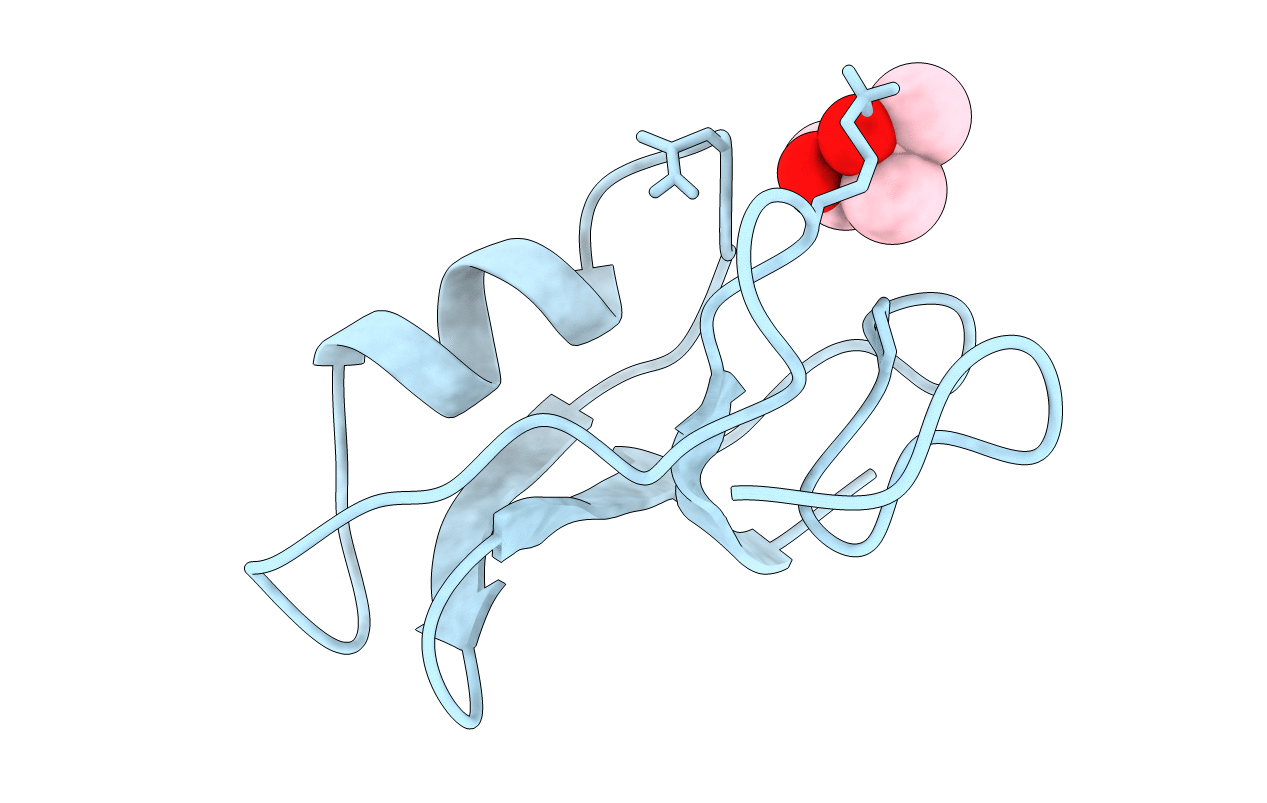
Deposition Date
1992-02-20
Release Date
1994-01-31
Last Version Date
2024-10-16
Entry Detail
PDB ID:
2SN3
Keywords:
Title:
STRUCTURE OF SCORPION TOXIN VARIANT-3 AT 1.2 ANGSTROMS RESOLUTION
Biological Source:
Source Organism:
Centruroides exilicauda (Taxon ID: 6879)
Method Details:
Experimental Method:
Resolution:
1.20 Å
R-Value Observed:
0.19
Space Group:
P 21 21 21


